Responsible Boating
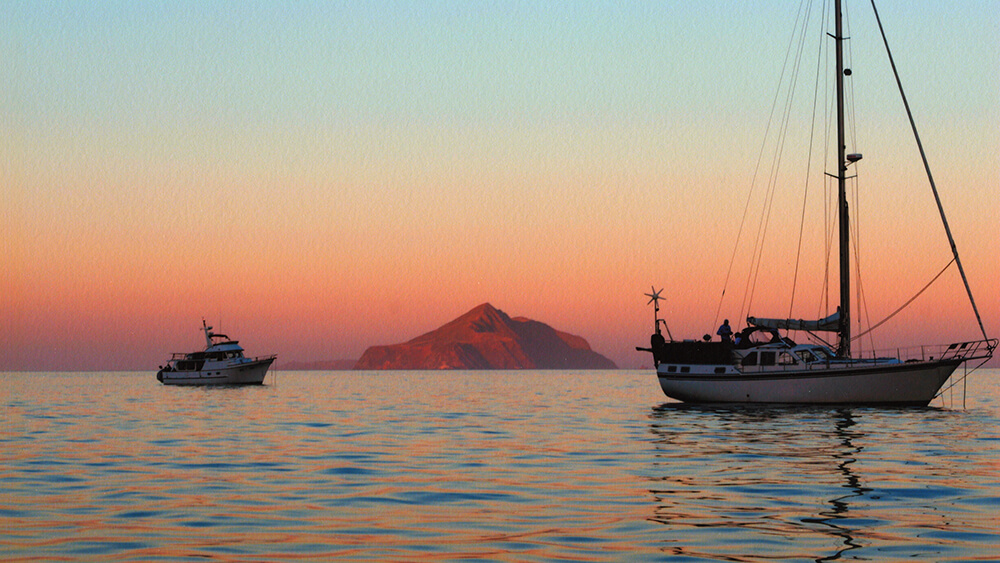
Before going out on the water, whether on a kayak, sailboat, power boat, or other watercraft, always be aware of the dynamic weather patterns in the Santa Barbara Channel and around the Channel Islands. Fog and winds are a challenge to the most experienced boaters. From November through April, expect high winds with clear skies and good visibility when the wind is warm and out of the northeast. Also, when the wind shifts to the northwest, expect high winds. Generally, the sky will initially be cloudy with restricted visibility. The prevailing wind blows from the west to northwest throughout the year. It typically blows between 11 a.m. and 8 p.m. with average wind speeds between 10 to 20 mph. Check out our online weather kiosk for up to date weather information in the sanctuary.
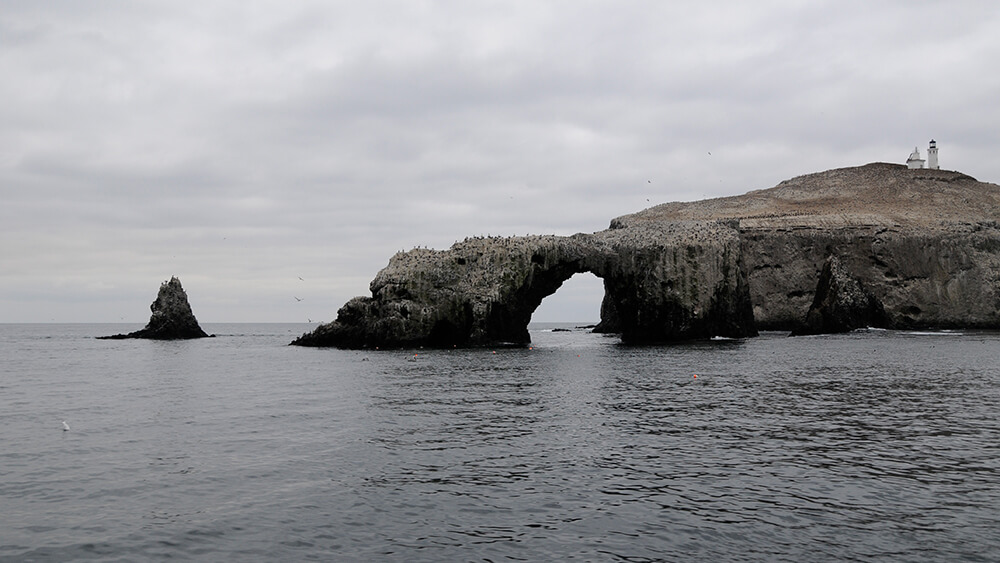
- There are no all-weather anchorages around the islands.
- One capable person should stay on board the boat at all times.
- Boaters are responsible for any damage to the resources caused by their boat.
- Discharging or depositing substances, with the exception of fish chumming materials, waters, and biodegradable effluents generated by marine sanitation devices, is prohibited.
- Private boaters may land on all five islands within Channel Islands National Park year round.
- No landing permits are required for the Channel Islands, except for The Nature Conservancy property on Santa Cruz Island.
- Pets are not allowed on the islands.
- Personal watercraft are prohibited within one mile surrounding each island in the Channel Islands National Park and Channel Islands National Marine Sanctuary.
- Use caution when approaching a boat with a dive flag. Maintain a distance of at least 100 yards.
Tips for Clean Boating in the Sanctuary
- Make sure your bilge is clean. If it produces an oily sheen you could be cited.
- Use bilge pads and harbor pump-out stations for sewage and oily bilge. Do not use detergents to clean spills. Report spills to 1-800-OILS-911, or to the U.S. Coast Guard at 1-800-424-8802.
- Recycle your used oil, filters, and antifreeze.
- Use a marine port-a-potty if you do not have a Coast Guard-approved Marine Sanitation Device (MSD).
- Be Green: Use environmentally friendly, biodegradable cleaning products.
- Make sure your insurance is up to date and includes a spill policy, and consider a vessel towing membership.
- Keep your hull clean and free of algae and critters, this reduces introducing invasive species and improves fuel efficiency.
- Use approved sanitation devices and shore pump-out facilities. Contact local harbors and marinas for information about available waste pump-out stations, oil recycling, bilge pad exchanges, and more:
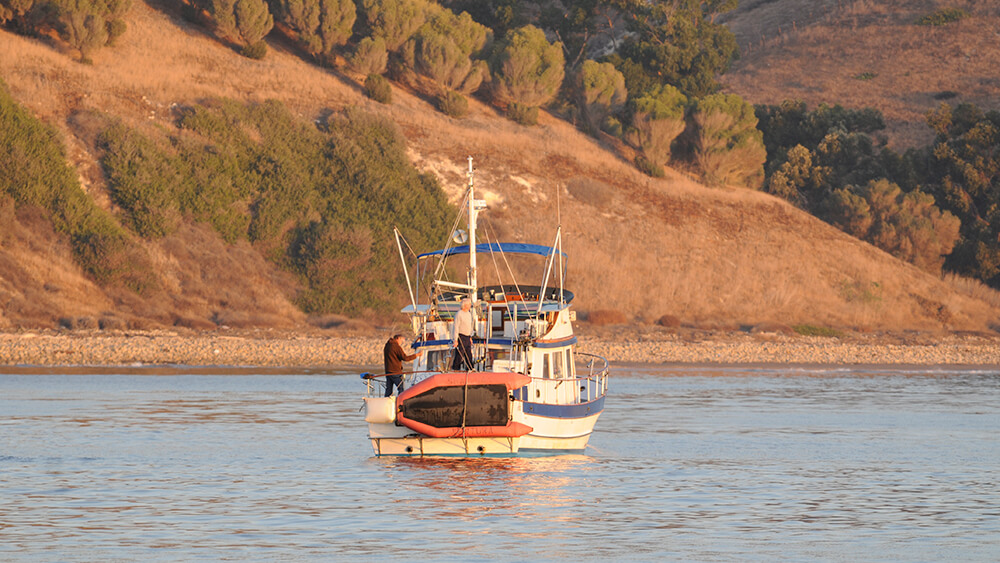
Recreational boaters can enjoy fishing, kayaking, snorkeling, and island hiking activities in Channel Islands National Marine Sanctuary.
Photo: Robert Schwemmer/NOAA

To protect wildlife, landing is prohibited on all offshore rocks and islets. Under federal law it is illegal to disturb or harass seabirds, seals, and sea lions. Harassment may be interpreted as any action that modifies the behavior of birds and mammals.
Photo: Robert Schwemmer/NOAA
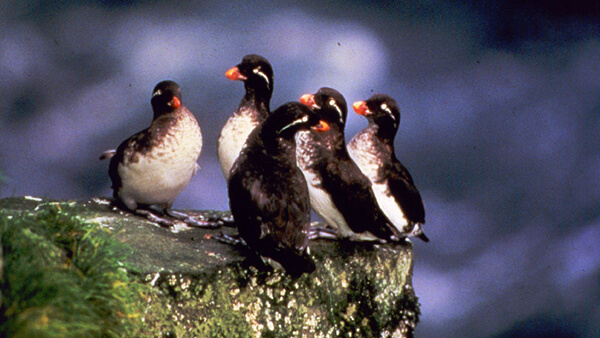
Boaters need to be aware of seabird nesting seasons and nesting sites at the Channel Islands. Species of concern, like the Scripps's murrelet and Pigeon guillemot, nest on rocky sea ledges and in sea caves.
Photo: NOAA

Please observe the marine mammal viewing âcode of conductâ by remaining at least 100 yards from marine mammals and if approached by a whale, put the engine in neutral and allow the whale to pass. Boat movement should be from the rear of a whale. Federal law prohibits the pursuit of marine mammals.
Photo: Tina Carlson
Sanctuary brochures for your next boating adventure
Invasive Species
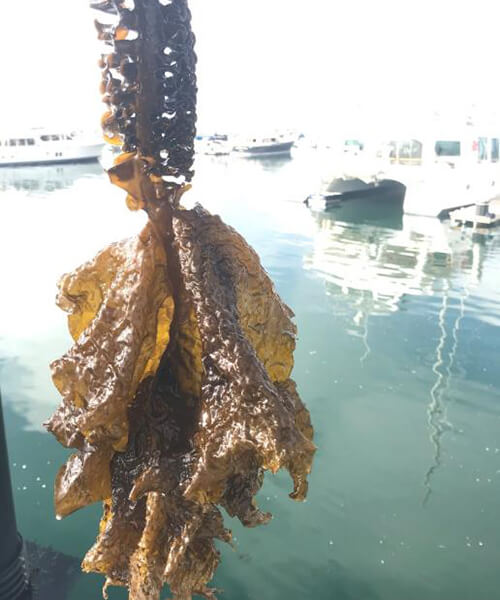

Marine invasive species can have dramatic ecological and economic consequences, and pose a major threat to the sustainability of natural resources within national marine sanctuaries. Because marine invasive species are commonly spread by boats and occur in high concentrations in harbors, preventing their spread to habitats where they do not belong is a shared responsibility among all mariners. Educating and engaging professionals operating in infested harbors about marine invasive species is critical to limiting their spread and impacts.
Boats as Vectors
Because marine invasive species are often transported by boats, harbors tend to be highly infested areas, called âhotspotsâ. Preventing the spread of invasive species by boats is the most successful and cost-effective method of control.
More Information
- Visit MarineInvasives.org to learn more about invasive algae in California and report your sightings.
- For more information on responsible boating please visit: Boating Clean and Green Program, California Division of Boating and Waterways.
- Visit the Channel Islands Boating Center in Oxnard to learn about boating safely and responsibly.

